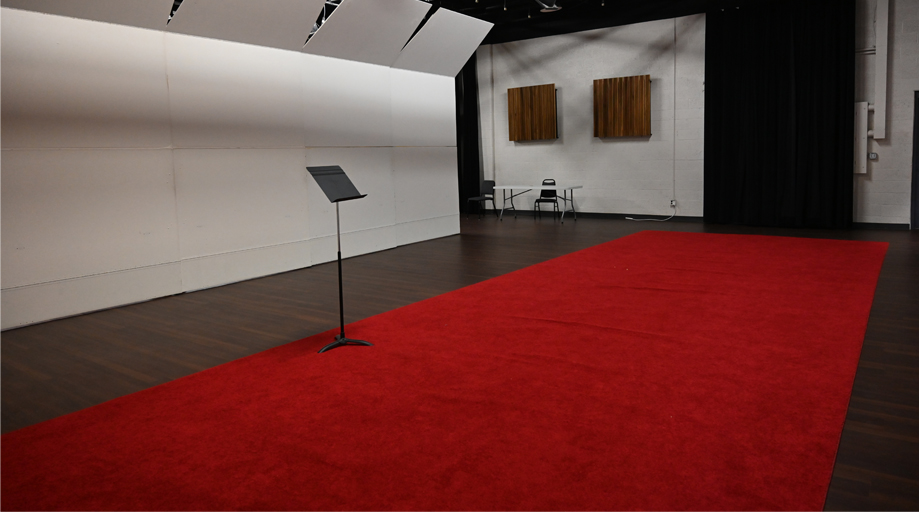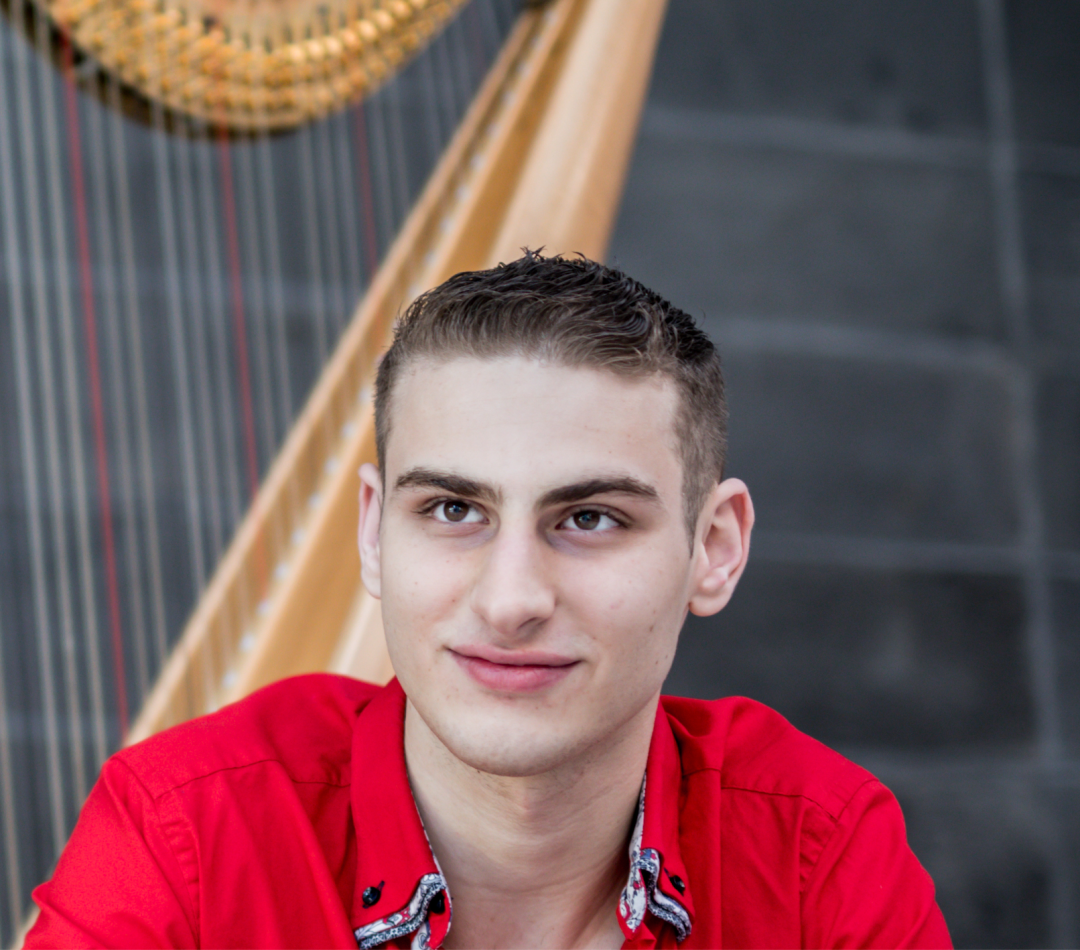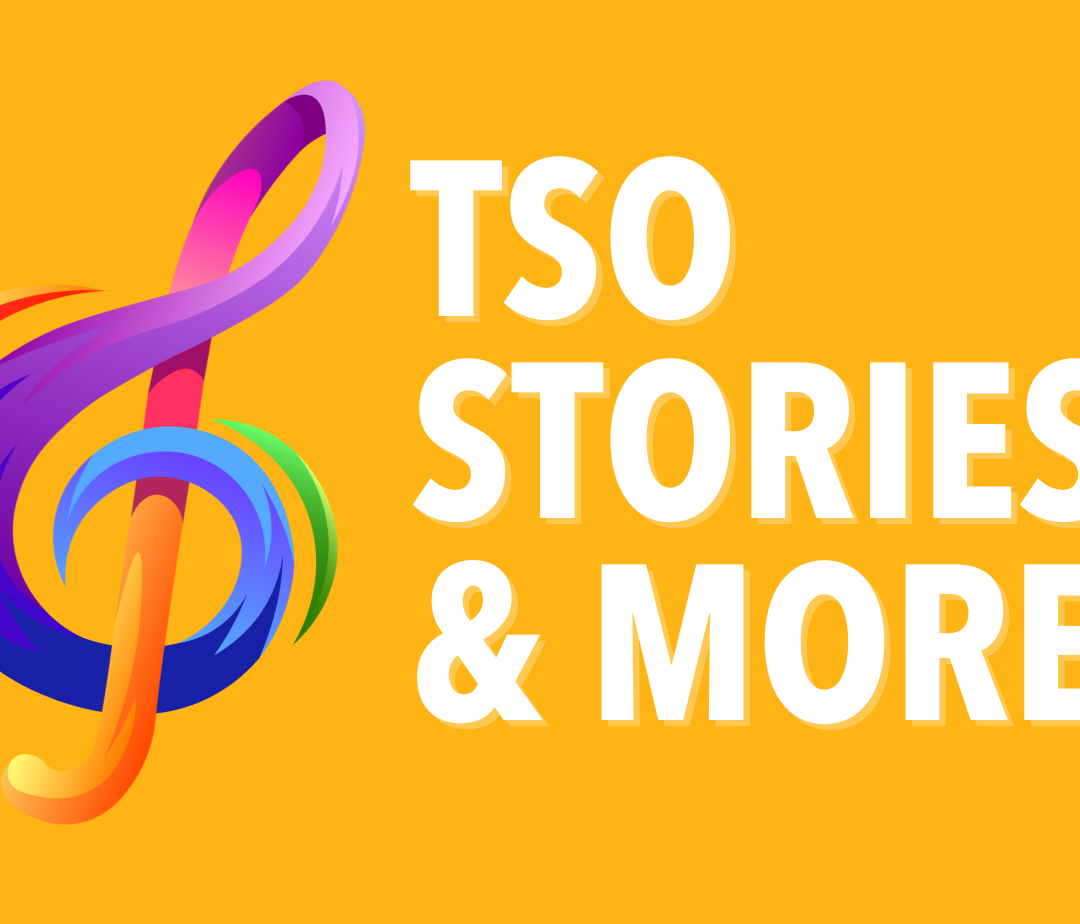Have you ever wondered what auditions are like for the TSO musicians? If you have, you’re not alone. We are frequently asked questions about auditions, which can seem a big mystery to anyone not familiar with the process. The TSO, like other orchestras across the country, holds “blind auditions,” a practice that began in the 1970’s as an effort to eliminate racial and gender bias. During blind auditions carpet is laid out to muffle the sound of shoes which can indicate gender (think the clicking of high heels) and screens are put up between prospective musicians and the audition committee preventing them from seeing the candidates. Another way the TSO creates equity in our auditions is by working with the National Alliance for Audition Support which provides funding to cover audition expenses and eliminate economic barriers for candidates.
A typical TSO audition starts with reviewing resumes, like any other job. The top candidates are contacted and invited to audition. Before the audition the candidates are provided with a repertoire list with anywhere from 13 to 30 excerpts on it that they must be prepared to perform during the audition. In the preliminary round, around four or five excerpts will be performed. As the candidate progresses further into an audition, the committee usually wants to hear more excerpts in each round to get a better idea of how certain candidates play. Each audition typically has two to three rounds and can last an entire day or two depending on the number of candidates. The screen remains up for every round to preserve anonymity. Occasionally, candidates are asked to sight read music (perform while seeing it for the first time). Sometimes candidates are asked to play with other orchestra members so they can be heard in a chamber setting. At the end of the auditions the top candidate is offered the position and a contract is signed.
The whole process can be very stressful for the candidates, many of whom travel to Tucson from out of state or even out of the country to audition. The pressure to perform perfectly is extremely high. Unlike in a job interview where you can clarify an answer, a musician often does not get the opportunity to correct a mistake.
Studies have shown that while the blind audition process has made significant improvements in the gender diversity of orchestras, racial diversity still has much ground to make up. According to the Racial/Ethnic and Gender Diversity in the Orchestra Field in 2023 report by the League of American Orchestras, women now make up 47.9% of orchestra musicians across the country, but when broken down by race, orchestra musicians are still 79.1% white. There are many obstacles aside from the audition process itself that BIPOC (Black, Indigenous People of Color) musicians face, including access to advance training and funds to cover the extensive travel expenses associated with auditions. In 2018 the National Alliance for Audition Support (NAAS) led by the Sphinx Organization started working to bridge the gap for Black and Latinx musicians by offering a customized combination of mentoring, audition preparation, financial support, and audition previews. As of January 23, 2023, 93 NAAS artist participants have won 138 auditions across the country, including TSO’s own new principal horn, Nelson Yovera.



